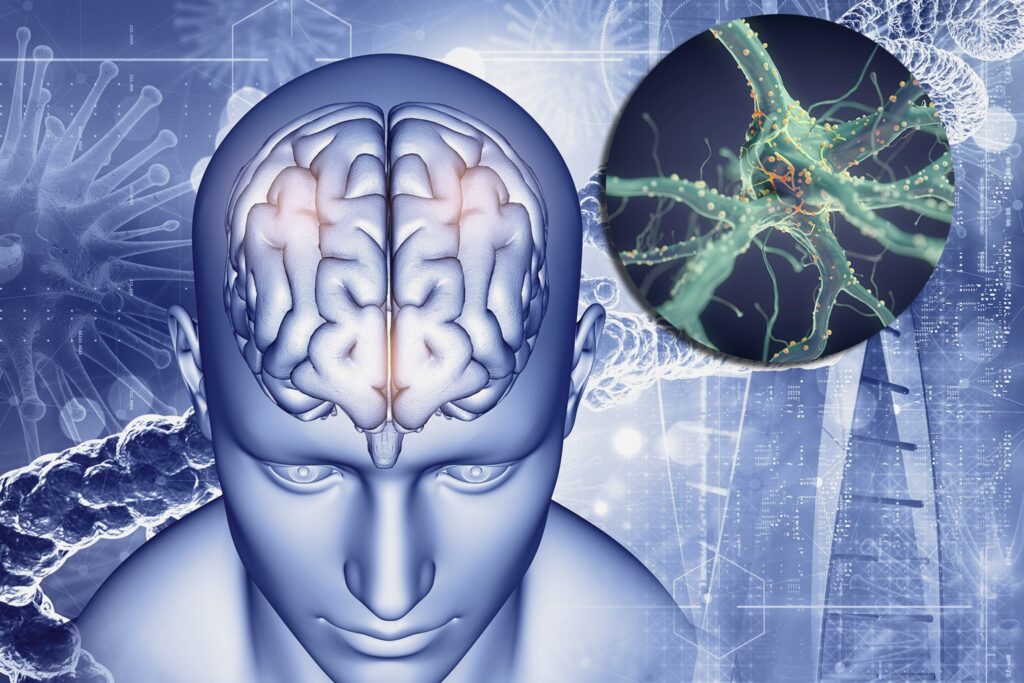
New understanding of how several multiple sclerosis (MS) lesions develop in the brain comes from a ground-breaking study conducted by National Institutes of Health (NIH) researchers. Using an innovative animal model, researchers have created a four-dimensional brain map that provides a better knowledge of the early phases of MS and possible means to halt its development. Published in the journal Science, the findings might open the path for fresh medicines meant to manage MS more precisely and restore brain tissue.
Under the direction of Dr. Jing-Ping Lin and Dr. Daniel S. Reich of the National Institute of Neurological Disorders and Stroke (NINDS), the research team used enhanced MRI imaging with genetic and cellular studies to track the start of MS-like lesions. Their results revealed a hitherto unknown MRI signature pointing to brain areas at danger weeks before damage actually shows up. The scientists also mapped out several “microenvironments” inside the brain to highlight how immune response, inflammation, and repair systems interact.
Dr. Reich underlined the importance of these results and underlined how knowledge of the early cellular and molecular events could assist create improved early diagnosis and intervention plans. He clarified that by differentiating destructive from reparative processes, researchers could be able to create treatments that stop the spread of diseases before permanent damage results.
Multiple Sclerosis: Knowing the Disorder
The chronic neurological condition known as MS causes the body’s immune system to incorrectly target the protective myelin coating encircling nerve fibers. This causes inflammation, nerve damage, and lesion development that finally results in neurological deficits including cognitive decline, vision issues, and movement trouble. Although postmortem brain analysis accounts for most of what is known about MS, this study gave a vital benefit since it let researchers track the development of the illness in real-time.
A More Accurate MS Research Model
The researchers selected small monkey species, marmosets, rather than conventional mouse models. This choice was predicated on the notion that marmoset brains are a more useful model for MS since their white matter-to—gray matter ratio more resembles those of human brains.
Scientists tracked illness progress with MRI images by causing MS-like lesions in the marmosets. Offering a more realistic picture of how MS develops in patients, the model demonstrated important early-stage immune responses and inflammatory processes.
Astrocytes’s Part in MS Progression
One important finding in the research was the part a particular kind of astrocyte, a supporting brain cell, plays in the creation of MS lesions. Before obvious harm happened, these astrocytes were shown to activate a gene named SERPINE1 (Plasminogen Activator Inhibitor-1, PAI1). Fascinatingly, they gathered near blood arteries and brain ventricles, indicating the emergence of MS lesions going forward.
These astrocytes also appeared to affect the activity of the immune system, including immune cell migration into the brain, which fuels inflammation and nerve damage. They also helped with myelin repair, which begs issues about their double roles in harm and recovery.
If you imagine a fort under attack, the outer walls may initially resist, but if they are breached, the defense system inside can start working against the fort itself,” Dr. Reich said using an analogy. This implies that although at first protective, the first immune responses in MS could later help to aggravate the condition.
Consequences for Future Research and Brain Injury
Beyond MS, these results potentially have more general relevance for other neurological disorders like brain inflammation, stroke, and traumatic brain damage. The study implies that the reaction of the brain to damage follows typical patterns, hence this knowledge could aid in understanding and treating certain brain diseases.
The study team is developing a fresh model right now to investigate another inflammatory brain disease. They also intend to look at how aging influences MS development, which would help to improve treatments for progressive types of the condition.
One Towards Improved MS Treatments
Supported by the NIH, the National Multiple Sclerosis Society, and the Dr. Miriam and Sheldon G. Adelson Medical Research Foundation, this study represents a major advance in knowledge of the complexity of MS. Early diagnosis and more efficient treatment strategies become feasible when early-stage illness signs are revealed.
The studies also fit the larger goal of NINDS, which seeks to expand understanding of the brain and nervous system to lower the load of neurological disorders. Studies like this give promise for bettering patient outcomes and quality of life even if MS is still a main public health issue.








